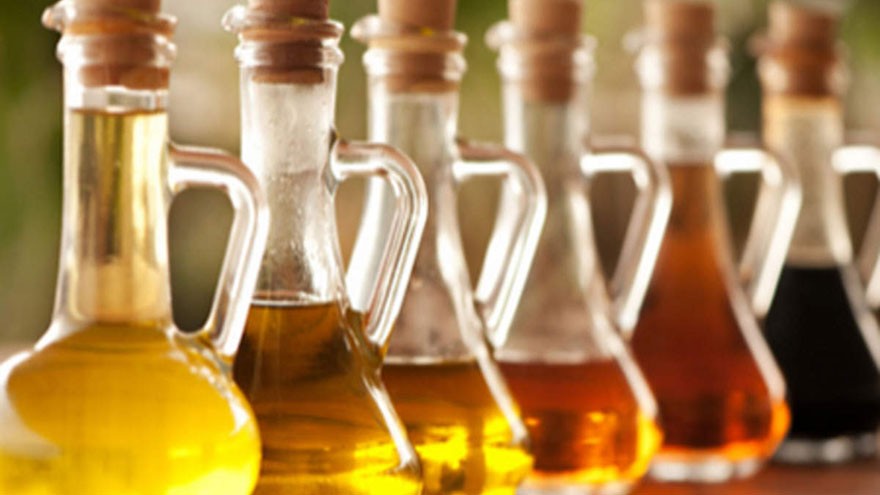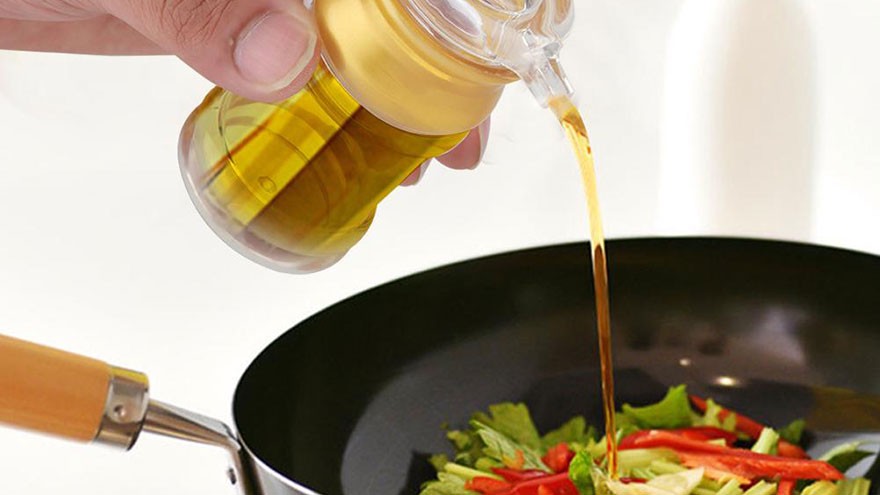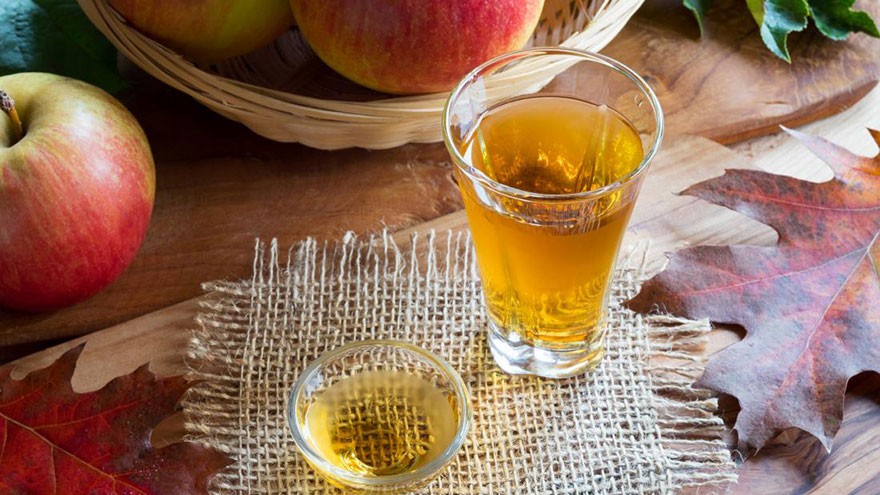How to Cook with Vinegar
When used correctly, vinegar is an important ingredient that never overpowers food, but only enhances it. Essentially, vinegar is little more than alcoholic fluid that’s been given extra air exposure.
This exposure is what gives vinegar a sour taste, but not all vinegars taste the same. Depending upon what alcoholic fluid the vinegar was made from, the flavor may be either mild or robust.
Types of Vinegar
Truly, an entire book could be written about vinegar and its many types. Any fluid with starch or sugar can be made into vinegar, including berries, dates, and many fruits. The most popular among these is apple cider vinegar. The most famous starchy vinegar is rice-wine vinegar, originally made by the Japanese from, you guessed it, rice.
In Britain, malt vinegars are popular and are made from beer without hops. Italians are known for their balsamic vinegar, which is created from crushed and aged grapes.
In the United States, white wine and red wine vinegar are frequently used. Both are, as their name indicates, made from wine, but white wine vinegar is mild and mostly used as a base for other flavors, whereas red wine vinegar has a fuller flavor and is often used for marinades or vinaigrettes.

Cooking with Vinegar
- When boiling or frying fish, add a tablespoon of vinegar to cut down on fishy flavors or smells. Vinegar also helps keep the meat of the fish tender.
- If you must use canned fish or shrimp, improve the taste greatly by immersing it in sherry and 2 tablespoons vinegar. Allow to soak for about 15 minutes, then use like fresh.
- To maintain a fish’s white meat, soak it for about 20 minutes in 2 tablespoons vinegar and 1 quart of water. A tablespoon of vinegar added to mashed potatoes (once they are mashed and milk has been added) also keeps the potatoes white.
- Vinegar is excellent at tenderizing meat. Use it as a marinade ingredient, especially for tough cuts.
- If you’re cooking fruit in a pan, add a spoon of vinegar. It will enhance the fruit’s natural flavor.
- Similarly, if you’re making a soup with a tomato base, or you’re making home made tomato sauce, add 1 or 2 tablespoons of vinegar at the end of cooking to enhance flavors.
- If a fruit based dessert is too sweet, add a little bit of vinegar.
- To create bread with a golden crust, remove the loaf from the oven just before it’s done baking and brush vinegar over the crust. Place back in the oven and finish baking.
- To make meringue fluffier and more resistant to falling, just before beating add ½ teaspoon of vinegar for every 3 eggs.

How to Store Vinegar
Keep vinegar in its original air-tight bottle in a dark, cool location. Don’t store near the stove, or the heat and moisture of that area will make the vinegar loose its flavor more rapidly.
Properly stored, vinegar usually maintains its flavor for about 6 months to a year.

Check out the video version of this article on YouTube

